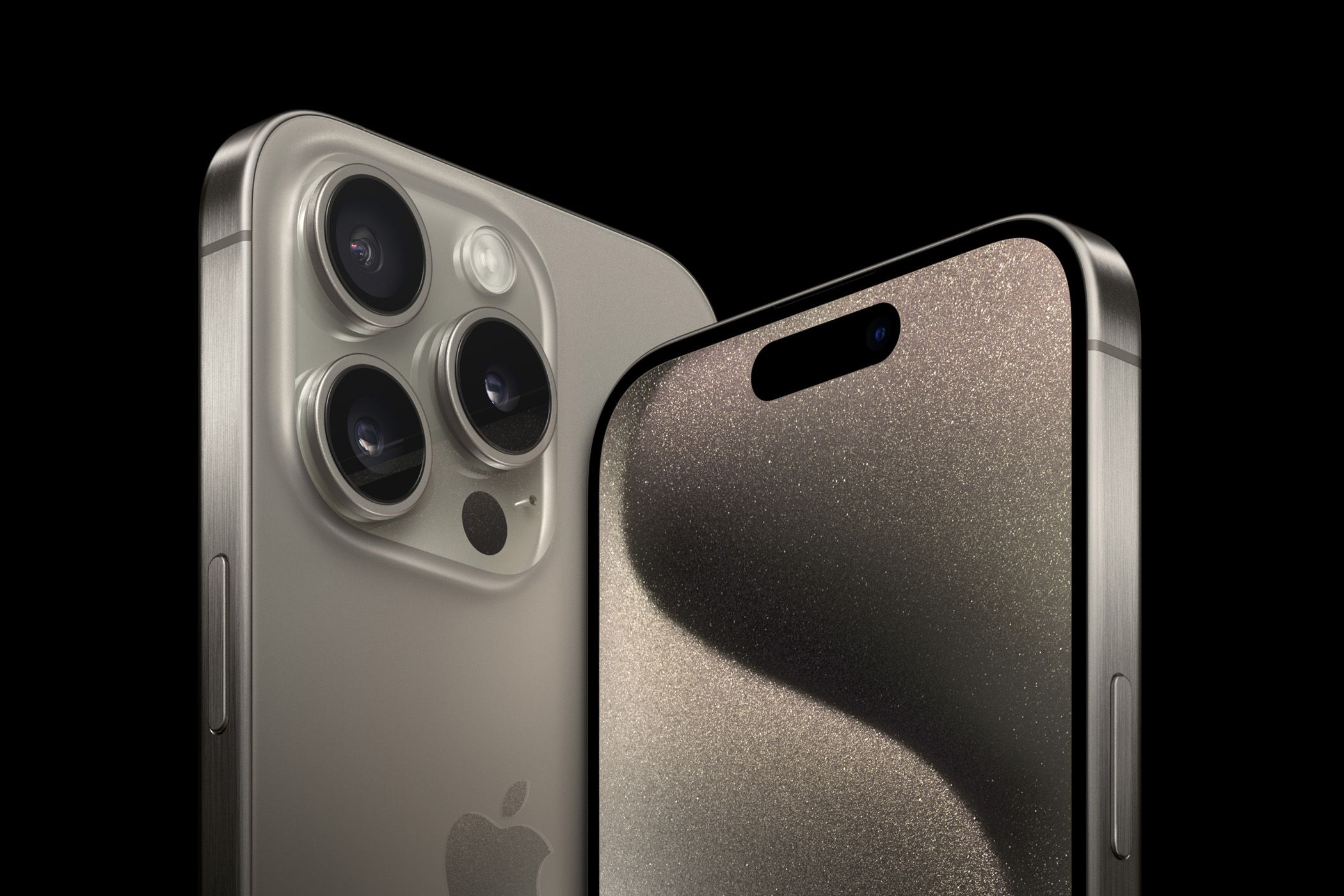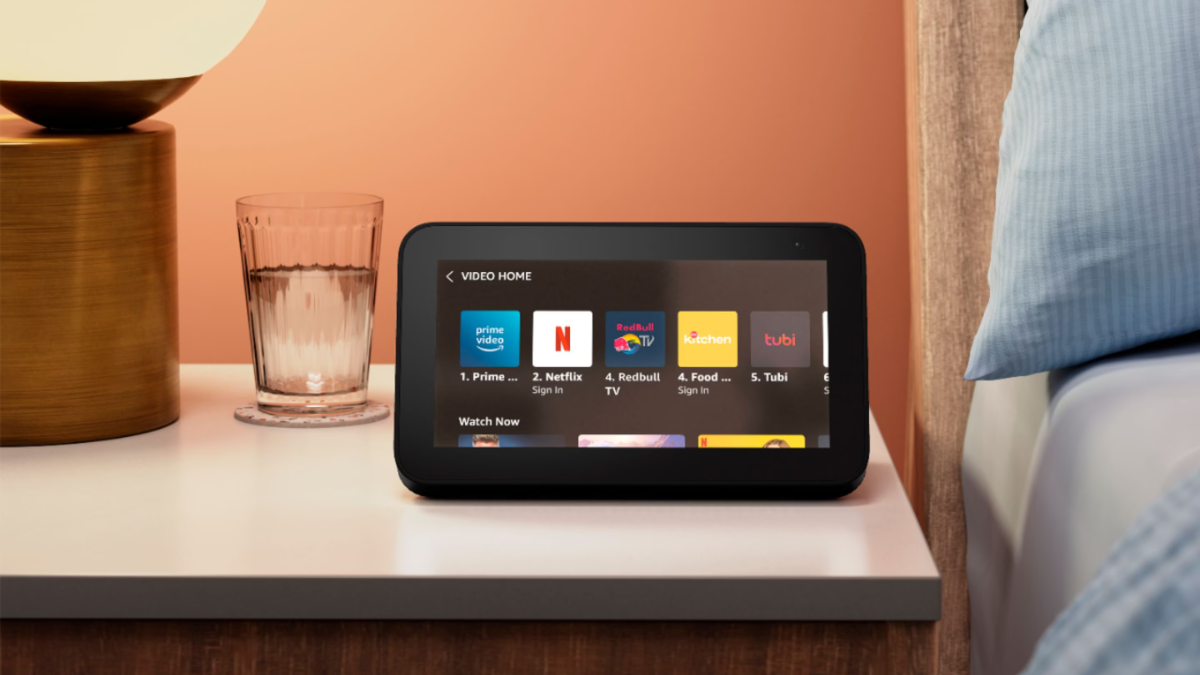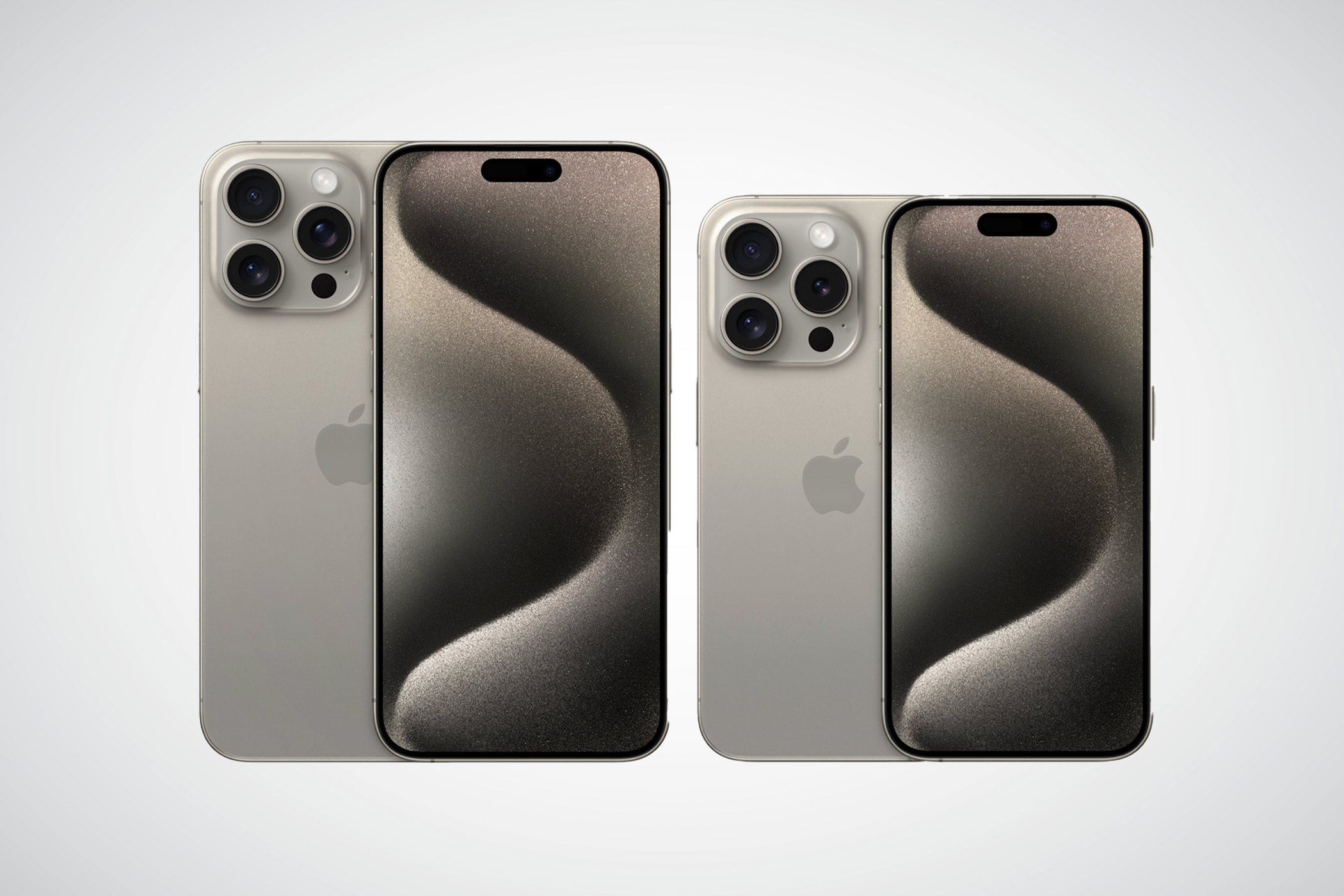
The Significance of Enhanced Thread Support in Apple's Latest iPhone 15 Pro

The Significance of Enhanced Thread Support in Apple’s Latest iPhone 15 Pro
Key Takeaways
- The iPhone 15 Pro is the first smartphone to include a Thread radio, allowing direct communication with smart home devices.
- Thread is a low-powered mesh network protocol that enables easy communication between IoT devices, regardless of the smart home system used.
- Thread relies on a combination of technologies and is supported by a range of companies, including Google, Amazon, Apple, and Samsung, to create greater device connectivity.
The iPhone 15 Pro is the first smartphone includes a Thread radio that allows it to directly communicate with smart home devices like smart locks and light bulbs. So what is Thread, and why is it set to become a big deal?
What is Thread and Why Does It Matter?
Thread is a low-powered mesh network protocol that is designed to make it easy for “Internet of Things” (IoT) devices to communicate with each other. It’s an open, royalty-free standard born out of the desire for greater interoperability and compatibility between different devices, particularly smart home devices.
In short: Thread and its underlying technology is designed to allow smart home devices to work together, regardless of whether you use Google, Amazon, Apple, or another smart home system.

Thread Group
Thread was first envisioned in 2015, made official in 2019, and by 2021 was already winning awards for its bold vision of a more consumer-friendly smart home future. The technology was initially proposed as an offshoot of Project Connected Home over IP (or CHIP) for short, which would later become Matter. Both Matter and Thread are overseen by the Connectivity Standards Alliance.
In terms of technology, Thread uses the 2.4GHz band (like Wi-Fi) which offers decent range at the expense of overall bandwidth. Like any mesh technology, a Thread network becomes stronger the more devices you add since there are more nodes to facilitate communication across the network. Advanced Encryption Standard (AES) security is built into the protocol, a common standard that’s used broadly across the technology world.
Thread isn’t the only low-energy mesh network, nor is it the first. The technology is very similar to predecessors like Zigbee and Z-Wave, though Thread removes the need for devices to be connected to a central hub to communicate with one another.
Thread is core to removing limitations that many consumers experience with existing smart home devices. When you “buy into” a system like Google or Amazon you’re often limited in terms of which devices you can use. The alternative is to connect lots of different Wi-Fi devices to your home network and control them with proprietary apps and interfaces.
Though no central hub is required for Thread devices to coexist, the technology is dependent on a “border router” to connect to the broader internet . This is where the iPhone 15 Pro comes in, joining Apple’s other Thread border router devices like the HomePod mini and Apple TV (third generation).
Thread Requires a Combined Effort
Though Thread is a network protocol, the wider system relies on a combination of technologies to work. Individual Thread devices create a mesh network of nodes, which allows low-bandwidth operations like switching on a light or registering movement on a sensor to be sent and received using a Thread radio.
Higher-bandwidth operations like streaming video from a security camera or casting audio to a smart speaker are still dependent on Wi-Fi or Ethernet. On top of this, Thread uses Bluetooth Low Energy (LE) to register devices on the network. The Matter system on which Thread is built is truly a combined effort in terms of technology.
It’s also a combined effort in terms of the companies involved in the Connectivity Standards Alliance, which oversees the project. This includes Google, Amazon, Apple, Ikea, Samsung SmartThings, and many more . Some of the biggest smart home rivals stand together in bringing a product to market that should enable greater connectivity between devices.

This commitment to create an interconnected standard is a rare moment of cooperation between such groups, and ultimately it’s consumers who stand to benefit the most. Thread and Matter are built on open standards. There is even an open-source implementation of Thread maintained by Google, called OpenThread, that you can download for free if you want.
Thread and the iPhone 15 Pro
Apple arguably stands to gain the most from Thread which may explain why the iPhone 15 Pro is leading the charge as the first smartphone to ship with a Thread radio. The company is in a distant third place behind Google and Amazon within the smart home space.
HomeKit, Apple’s smart home API, has come a long way and continues to improve, but there are way more devices out there that rely on Google or Amazon’s platforms, especially at competitive price points. The iPhone 15 Pro indicates Apple’s commitment to a technology that could bring its smart home offerings up to speed.

Apple
And that’s a good thing, especially if you happen to use an iPhone or have other Apple devices around your home. Greater interoperability is good for consumers as a whole, even those with Android smartphones. Seeing Thread take hold will be good, regardless of which company you’re currently “loyal” to.
Apple’s “Pro” smartphones are bleeding edge devices that are often used as testing grounds for new technologies like OLED displays and “notch” replacements . Expect Thread to make it into base models as soon as next year.
As Thread trickles down to other iPhone models in the years to come, more and more Apple customers will be ready for smart home devices that rely on it. Thread support may already be in select Apple TV and HomePod models, but Apple sells a lot more iPhones than they do speakers and set-top boxes. The Connectivity Standards Alliance is already made up of companies that manufacture competing smartphones, the sort of companies that frequently answer iPhone advancements with their own implementations.
In many ways, the adoption of Thread mirrors the adoption of the universal USB-C charging cable. It’s something that consumers only stand to benefit from in the long term, but it’s something that will take some time to reach its true potential.
Look for Thread Compatibility When Shopping
The best way to future-proof your smart home setup is to buy devices that work with Matter and use Thread. This is surprisingly easy: just look for “Built on Thread” or similar stickers on boxes or in online product descriptions when shopping for smart home devices.

Thread Group
Looking for some smart home recommendations? Check out our favorite smart home gadgets .
Also read:
- [New] 2024 Approved Building Dynamic YouTube Music Chains
- [New] In 2024, SnickerSlide Social Media Memes Made Simple
- Behind the Lens Nikon D500's 4K Innovation
- Discover the Power of Precision in Audio: Explore Klipsch's Flexus 200
- How to Change Google Play Location On Vivo Y100A | Dr.fone
- Investigating ChatGPT's Defense Against Hacking
- Prime 10 Terraria Game Enhancements
- Solutions for Resolving Non-Responsive iMovie Issues
- Speeding Up Safari: How to Restore Swift Browsing Speeds on Your Mac
- Top 7 Proven Methods to Resolve Your Mac's Sudden Black Screen Problem
- Troubleshooting QuickTime Issues: Solutions for Mac Users
- Ultimate Guide: Preserve Your Memories - Secure Mac Photo Storage Techniques
- Title: The Significance of Enhanced Thread Support in Apple's Latest iPhone 15 Pro
- Author: Daniel
- Created at : 2024-10-16 17:49:05
- Updated at : 2024-10-18 03:22:23
- Link: https://os-tips.techidaily.com/the-significance-of-enhanced-thread-support-in-apples-latest-iphone-15-pro/
- License: This work is licensed under CC BY-NC-SA 4.0.